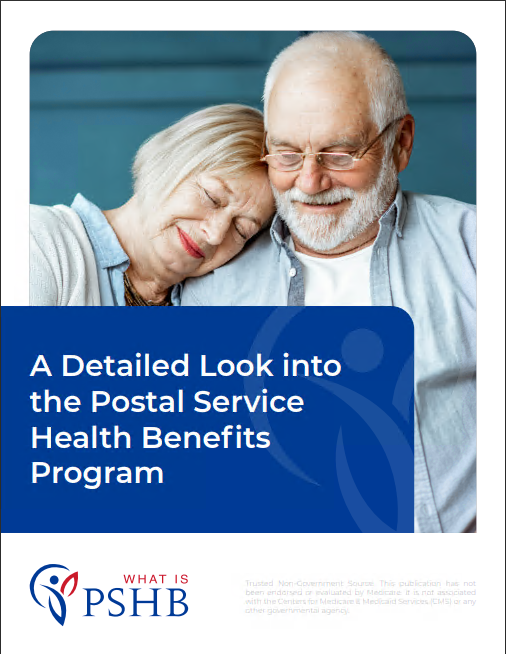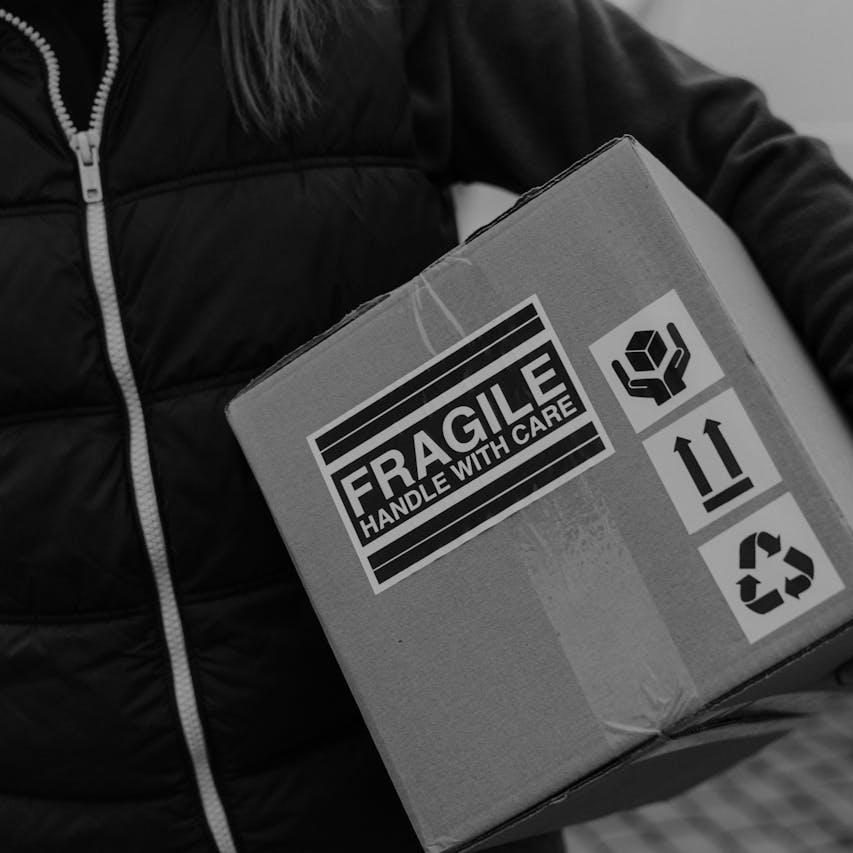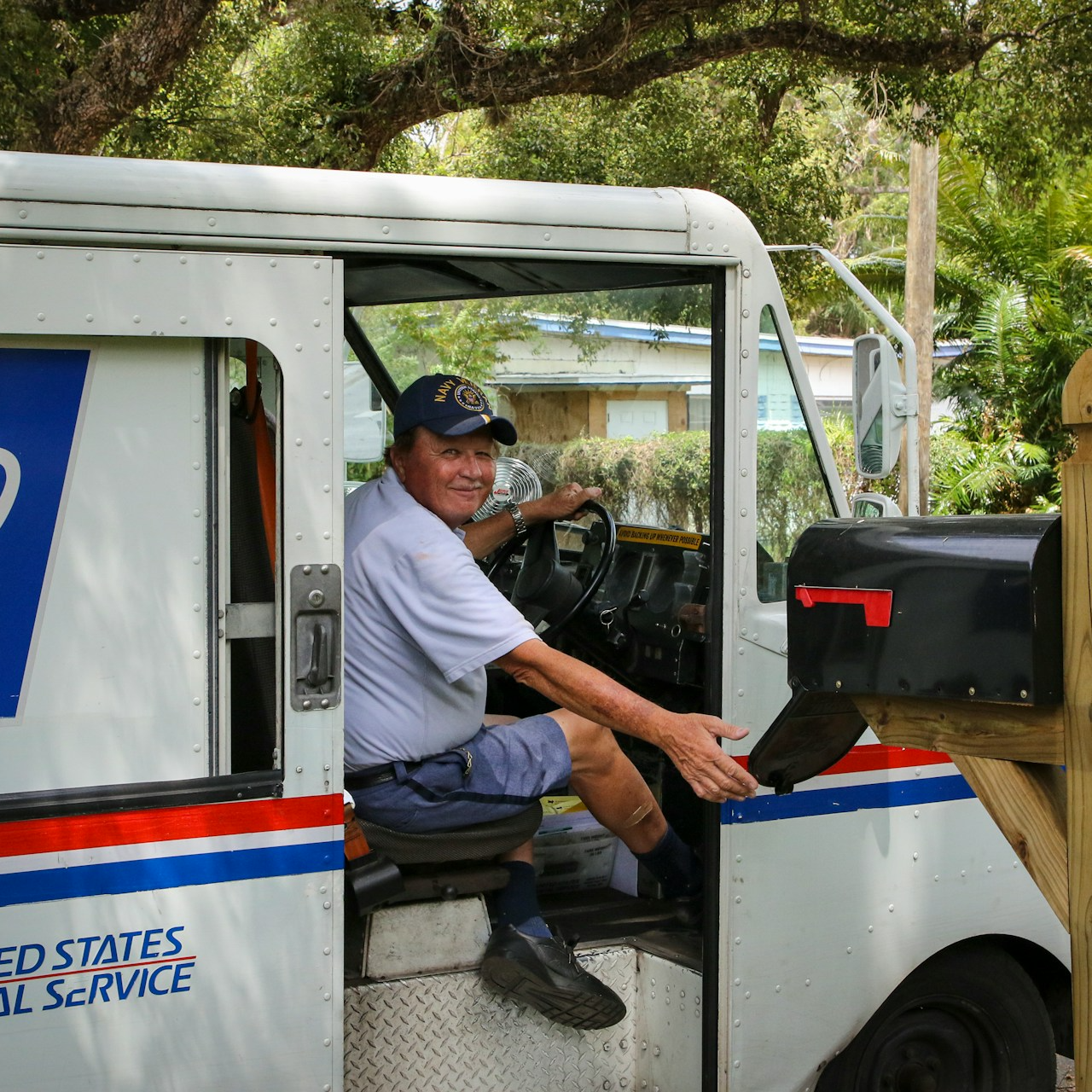Key Takeaways
- USPS employees and retirees will need to adapt to significant changes in their health benefits under the new Postal Service Health Benefits (PSHB) program starting in 2025.
- Understanding the structure and timelines of the PSHB program will help USPS workers make informed decisions about their future healthcare options.
Facing the Unknown: USPS Workers Brace for Changes to Their Health Plans in 2025
As 2025 approaches, USPS employees and retirees are preparing for major shifts in their healthcare coverage. With the rollout of the Postal Service Health Benefits (PSHB) program, workers and retirees are being introduced to a new chapter in their health plan options. Navigating these changes can feel overwhelming, especially when you’re used to a familiar system. However, being aware of what’s coming can help ensure a smoother transition.
The New Postal Service Health Benefits Program: What is Changing?
The PSHB program, set to replace the existing Federal Employees Health Benefits (FEHB) system for postal workers, will officially take effect in January 2025. This shift is part of a broader overhaul designed to align USPS health benefits with the broader goals of the organization’s modernization efforts. While the FEHB program has provided coverage to USPS employees for years, PSHB will offer a more tailored approach for postal workers and retirees.
The PSHB program is aimed at offering USPS workers plans that are specifically designed for their unique needs. However, these changes bring a level of uncertainty for many, particularly those who have grown accustomed to the consistency of the FEHB plans.
Why Are These Changes Happening?
The transition to the PSHB program is part of a larger reform effort introduced by Congress to create a more sustainable healthcare system for USPS workers. The move is expected to streamline healthcare management for USPS and offer workers and retirees more efficient and tailored coverage. By separating the Postal Service from the general federal employee pool, this change aims to address the unique challenges and financial constraints faced by the USPS.
For many workers, understanding why these changes are occurring can provide a sense of clarity and reduce anxiety. The shift to the PSHB program is primarily intended to ensure long-term sustainability for postal health benefits, while also giving employees and retirees access to plans that more closely align with their healthcare needs.
Key Dates USPS Workers Should Know
The transition to PSHB is not an overnight change. USPS employees and retirees will have several opportunities to review their options, ask questions, and make informed decisions before the 2025 switch. Below are the important dates to keep in mind:
- Fall 2024: Open season for USPS workers and retirees to begin enrolling in PSHB plans.
- January 2025: PSHB officially replaces the FEHB program for USPS employees.
- Throughout 2024: USPS workers will receive detailed communications about their options and enrollment processes.
By staying informed of these critical milestones, USPS employees can better prepare themselves for the upcoming changes.
How Will the PSHB Program Affect Retirees?
One of the groups most affected by the transition to PSHB will be USPS retirees. Currently, retirees are covered under the same FEHB plans that active employees use. Under PSHB, retirees will continue to have access to health coverage, but the options available may be different from what they have been used to.
A key aspect of the transition for retirees will be the integration of Medicare into their coverage. Most USPS retirees who are eligible for Medicare will be required to enroll in Medicare Part B in order to maintain their PSHB coverage. This is a significant shift for many, as previously, some retirees opted to forgo Medicare Part B due to its premiums. Retirees should be proactive in reviewing how this integration will affect their healthcare costs and coverage.
Preparing for Open Enrollment: What USPS Workers Need to Do
Open enrollment for the new PSHB program begins in late 2024, and it will be critical for USPS employees and retirees to carefully review their options. The open enrollment period will be the first opportunity for current workers and retirees to select a new PSHB plan that fits their needs.
Here are some key steps USPS employees should take in preparation:
-
Review Your Current Health Plan: Take the time to understand your current FEHB coverage. Knowing what benefits you use most frequently will help you make an informed choice when selecting a new plan.
-
Attend USPS Information Sessions: USPS will likely host information sessions to help workers understand the new PSHB program. These sessions will provide a valuable opportunity to ask questions and get clarity on how the changes will affect you.
-
Consult Medicare: If you are approaching retirement or already retired, it’s important to review how the integration with Medicare Part B will impact your healthcare decisions. Consider speaking with a licensed insurance agent who specializes in Medicare to ensure you understand your coverage options.
-
Compare Plans: Once the PSHB plans are available, take the time to compare the options. Each plan will offer different levels of coverage, so it’s important to match a plan to your unique healthcare needs.
How Will These Changes Impact Active Workers?
For active USPS workers, the transition to the PSHB program brings both potential benefits and challenges. One benefit is that the new plans are expected to be more tailored to the specific needs of postal employees, providing targeted coverage that aligns with the demands of the job. However, it will require active workers to be proactive in reviewing and understanding their new options.
One of the primary concerns among active USPS workers is how their healthcare costs might change. While the PSHB program is designed to offer comprehensive coverage, many workers are concerned about whether their out-of-pocket expenses will increase or decrease. As 2025 approaches, it will be important for employees to stay informed and take advantage of USPS resources that provide plan comparisons and cost estimates.
Navigating the Medicare Part B Requirement for Retirees
A major change brought by the PSHB program is the mandatory enrollment in Medicare Part B for USPS retirees who are eligible. This requirement aims to integrate federal and postal healthcare benefits more efficiently and reduce the financial strain on the USPS health system. While this may seem like a burden to some retirees due to additional premiums, it is intended to enhance coverage by ensuring retirees have access to both Medicare and their PSHB benefits.
Retirees who are not currently enrolled in Medicare Part B will need to sign up during the enrollment period. It’s crucial for retirees to understand that failure to enroll could result in higher healthcare costs, or even the loss of certain benefits under the PSHB program.
Understanding Your Options: PSHB vs. FEHB
For those who have been with the USPS for years, the Federal Employees Health Benefits program has been a familiar part of life. Transitioning to the Postal Service Health Benefits program may feel like stepping into the unknown, but it’s important to remember that the changes are designed to better serve the USPS workforce.
The key differences between PSHB and FEHB plans will likely revolve around the type of coverage offered, the cost structure, and the way that these plans interact with Medicare for retirees. It’s important to thoroughly compare these differences before making a decision.
Staying Prepared for What’s Ahead
USPS workers and retirees should remain vigilant as the new PSHB program rolls out. Understanding the key changes, deadlines, and how this transition will affect both current employees and retirees is essential for making informed decisions about future health coverage. While the road ahead may seem uncertain, staying informed and proactive will ensure that workers can navigate these changes smoothly and make the best choices for their healthcare needs.












